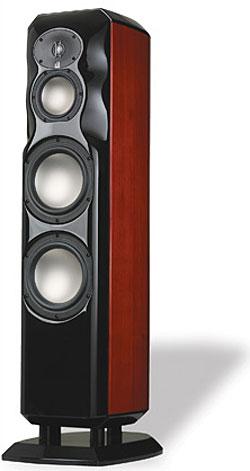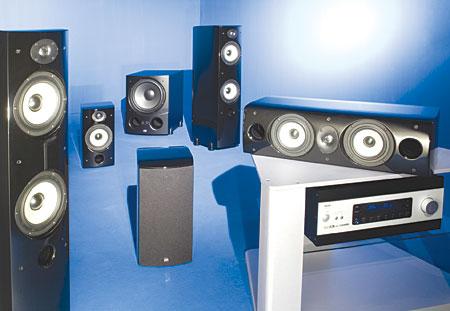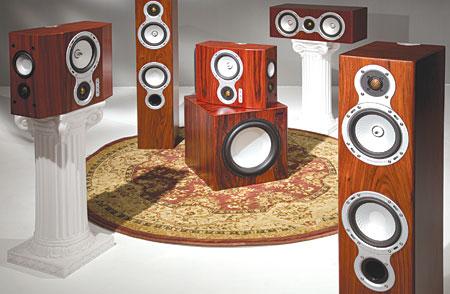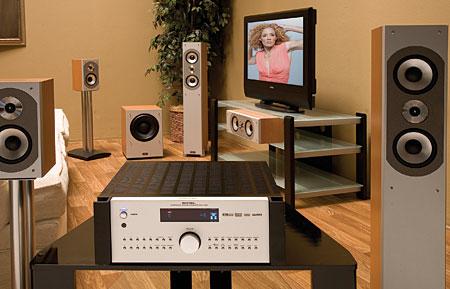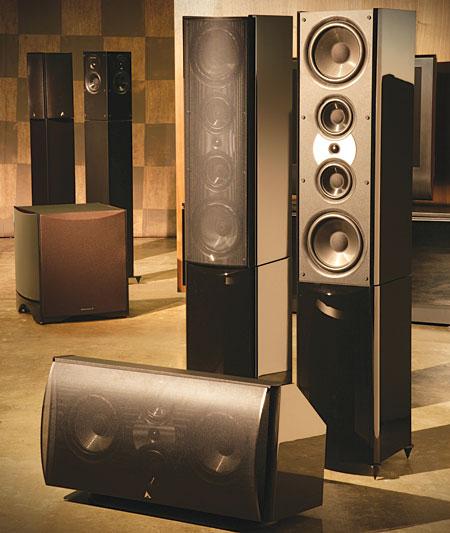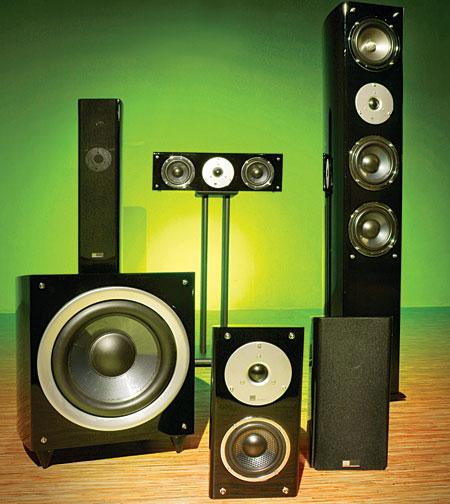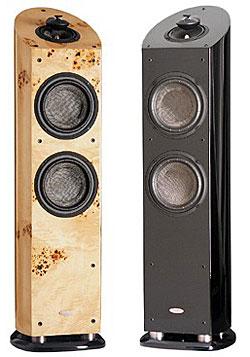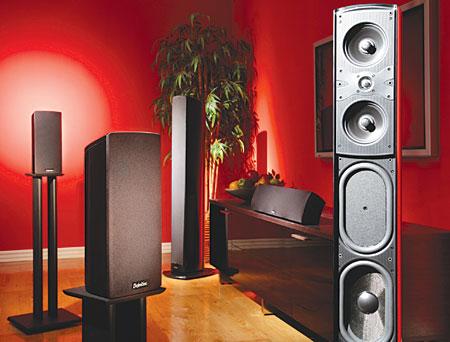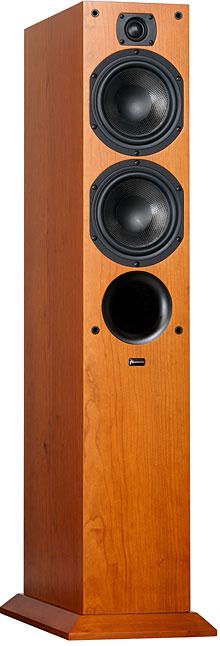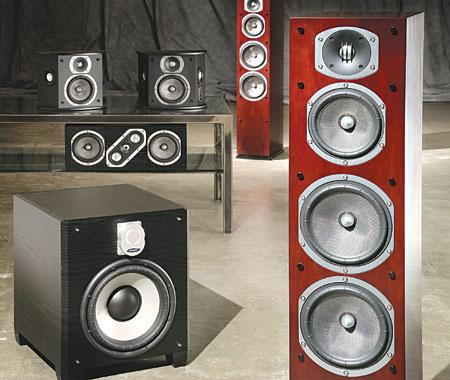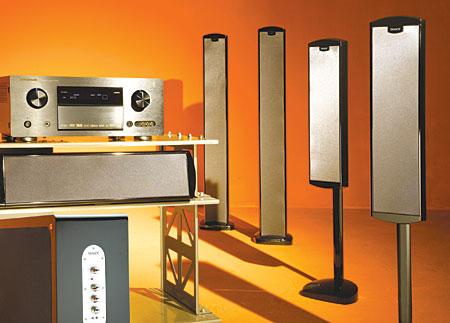|
Oct 21, 2007
|
Nov 15, 2007 |
First Published: Oct 15, 2007
|
Nov 15, 2007 |
First Published: Oct 15, 2007
|
Aug 05, 2007
|
Sep 03, 2007 |
First Published: Aug 03, 2007
|
Sep 03, 2007 |
First Published: Aug 03, 2007
|
Jul 30, 2007
|
Jul 16, 2007 |
First Published: Jun 16, 2007
|
Jul 02, 2007 |
First Published: Jun 02, 2007
|
Jul 02, 2007 |
First Published: Jun 02, 2007
|
May 27, 2007
|
May 13, 2007
|
Jun 11, 2007 |
First Published: May 11, 2007
|
Jun 04, 2007 |
First Published: May 04, 2007
